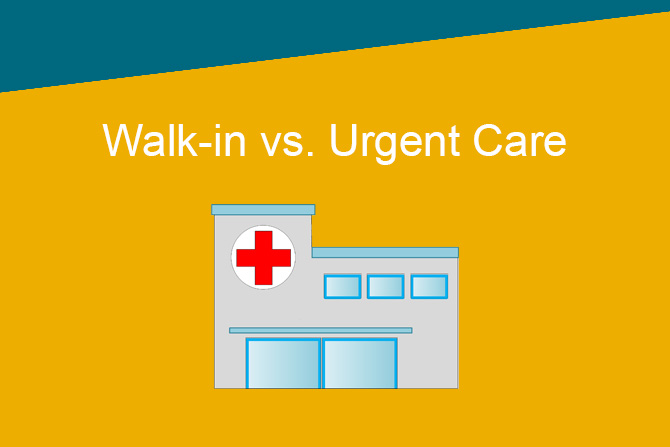How to Avoid Surprise Medical Bills
July 17, 2019

It can be tough enough when a medical situation arises unexpectedly. And even planned treatments can be anxiety producing. In either case, the last thing anyone needs are surprise medical bills that make a stressful situation more challenging.
A classic example is confirming that your physician is “in network,” but getting caught short by others involved (like the anesthesiologist) not being in the insurer’s network. Additional examples include radiologists, cardiologists and other consulting physicians, and neonatal units that are not in the same network as the hospital.
Also, be aware that an itemized billing statement you receive is most likely not the actual charges that you or your insurer will end up paying. The fundamental point is not to take anything for granted. Make time to be prepared. And be persistent.
Here some tips for avoiding surprise medical bills.
Are You In or Out?
The “network” for your insurance coverage is one of the most central issues in controlling your expenses. Insurance carriers are able to negotiate rates with the providers who join their network and thereby gain access to the folks who are covered. So the first step to take is checking to make sure that, if possible, everyone and every facility involved in your care and treatment, including labs and testing centers, is “in network.”
It’s certainly fine and understandable if you prefer to use a specialist or facility that is not in the network, but at least you’ll know upfront if that is the case. However, find out what kinds of costs it may entail in terms of your insurance coverage. Also, be aware that you may need to get prior authorization by a primary physician before lining up any specialists.
An important term to know about is “balance billing.” This charge is the difference between the fee from an out-of-network provider and the amount covered by your insurance. If charges like this come as a surprise, you may be able to work with the doctor, hospital and insurance company to have the fees reduced or waived.
Know the Code
Within the healthcare system, medical services have individual, 6-digit codes. Some procedures may involve additional sub-codes. You can determine those codes prior to seeing your doctor or going into the hospital. First, find out exactly what services will be provided. Check with your insurance provider to confirm which services are covered and to what extent, as well as which ones may not be covered at all.
Then, when you arrive for your appointment, you should review the expected services and their codes. If there is a discrepancy, you can work that out with the healthcare provider and the insurance company. You may end up paying all or part of the charges, but at least you’ll know where you stand.
Be an Informed Shopper
Armed with the billing codes, you can also do some comparison shopping for a wide range of services you may need. Those can range from simple blood tests to more sophisticated procedures like MRI scans. You’d be surprised at how much variation there can be in pricing for the same service.
On the other hand, make sure you understand precisely what your insurance covers, including co-pays and any out-of-pocket requirements. This caveat includes preventive care and how it’s defined under your coverage. Some procedures ordered following an annual wellness exam, for instance, may not be considered “preventive.”
Websites you can use to compare costs in your area include ClearHealthCosts.com and HealthcareBluebook.com.
Space and Gear
An often overlooked aspect of utilizing a hospital or other large facility are charges incurred simply to cover using the space and various equipment. These may be called “facility fees” and might be avoided by asking about available facilities without them. Keep in mind that even seeing a physician whose office is in a medical complex may trigger these kinds of charges.
If It’s an Emergency
The “in-network” qualification applies to ambulance services, which can be quite expensive. Find out which ambulance services cover your area, then determine if they are in your network. If not, you may be able to negotiate cost with the service or your insurance provider. Being moved by ambulance between hospitals may also incur a charge, which will be lower if the service is in the network.
When in Dispute
In the unfortunate circumstance where you feel you have received questionable charges, first try to resolve them with the service providers and insurance company. It may simply be a question of inaccurate or inappropriate billing codes. If that doesn’t seem to be getting results, there are people who can help. Patient advocates and claims consultants are available, most likely for a fee. Another option is the non-profit Patient Advocate Foundation.
Take Charge of Your Care
Finding your way through this process can be a little intimidating. But a clear set of best practices can go a long way to making sure you get the care you need at the cost you expect.
Confirm exactly what is expected to happen and who will be involved. Verify which parties are in your network and which ones aren’t. Don’t be afraid to ask for written cost estimates. Record other information you obtain. And, lastly, review your billing statements carefully to spot any unexpected charges. In other words, treat these situations as you would any other important financial transaction.









